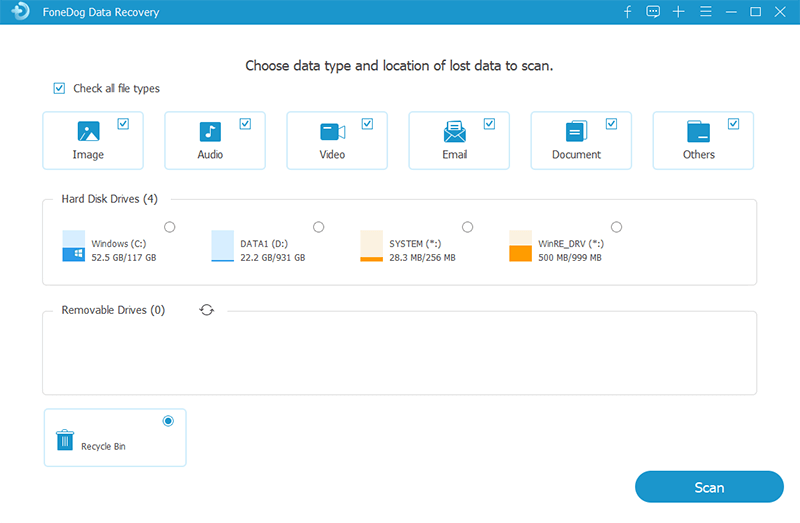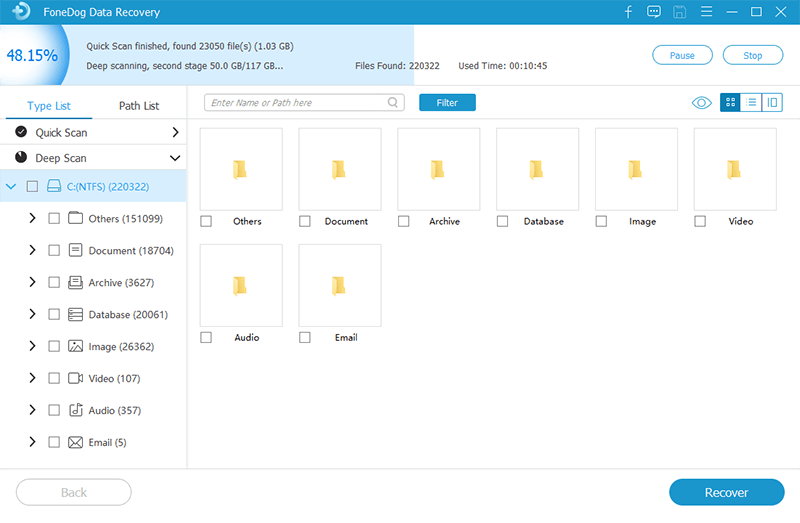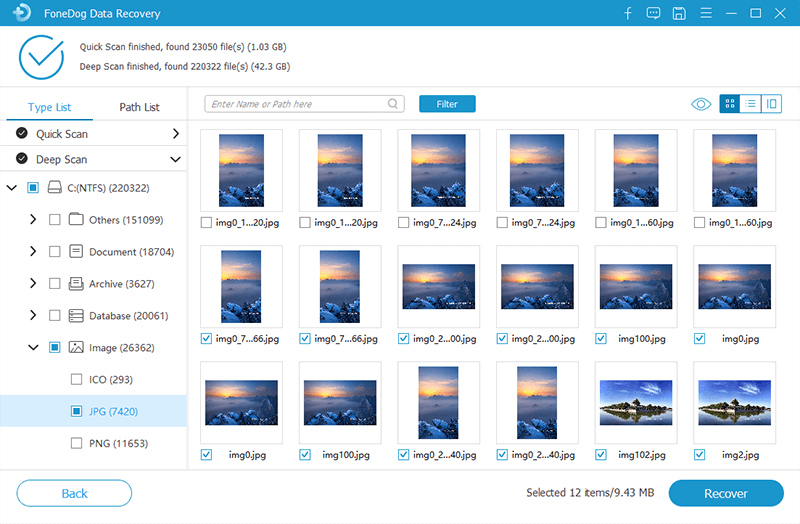

By Nathan E. Malpass, Last updated: October 25, 2019
Our hard drives, including external HDDs, are used for storing data. Usually, external drives are used as backup storage for files and folders. Unfortunately, there are times when things don’t work out as planned.
Situations happen where you can’t access your hard drive or external storage device. For instance, you may have faced a particular circumstance where your external HDD cannot be detected by the computer. Then how to recover data from hard disk which is not detecting?
Thus, you will notice that nothing will happen once you connect the HDD to your computer. There will be no notifying sounds, there’ll be no automatic pop-ups, and the device manager will not detect or display the storage device. This means you won’t be able to access that drive in a normal manner.
If this is the case, you’re hoping that your backup storage device or cloud platform should work. If the current external HDD you’re using doesn’t work, then try another backup. But what if you don’t have another backup or copy of the files?
Well, in this article, we’ll teach you how to recover data from hard disk which is not detecting. This helps to dampen up your frustrated mood knowing that you’ll still have the files you need for whatever purpose. But before we teach you how to do so, we’ll list the top reasons why your external HDD can’t be detected or accessed by your computer. Hop in to learn more.
Top 7 Reasons Why External HDDs Can’t Be DetectedHow to Recover Data from Hard Disk Which is Not DetectingTo Wrap It All Up
If your hard drive is not properly handled, it can lead to physical damage. This is one common reason for a hard drive that cannot be detected. For instance, you might have dropped the hard drive violently. Or, you have knocked it on a hard surface. Excessive squeezing can also lead to physical damage. Once your HDD is damaged physically, your computer won’t be able to detect it.
Before we go to the best solution on how to recover data from hard disk which is not detecting, let’s talk about wear and tear first. Every physical device, especially computing devices, has a lifespan.
The same goes for external hard disk drives. If it wears out, your computer or any other device may not be able to detect it. Usually, the reason for this is overuse. There are limitations when it comes to the reading and writing of data by storage devices. Once the limit is used up, your external hard disk drive will wear out and won’t be detected by computers.
Devices operate by communicating with the system (e.g., file system or operating system). This is true also for hard disk drives. Thus, if the system files located within the drive become lost, deleted, compromised, or corrupt, the HDD will not be detected once again.
Usually, you connect the internal hard drive or external hard drive to the computer through a cable. If the cable becomes damaged, then these won’t be detected. The same goes for the port where the cable is plugged to. If it is damaged physically, then the connection will be faulty and your HDD won’t be detected.
Once the HDD is plugged to the computer and the computer shuts off, freezes, or hangs abruptly, then detection of the drive is not possible. This can even lead to data corruption within the hard drive.
When power surges suddenly happen while the external HDD is being used for transferring data, this can affect both your external drive and computer. For instance, the laptop may shut down because of the power surge, especially if it doesn’t have a working battery. Once you restart the laptop and plug the external drive, detection may not happen.
This is another common cause of not being able to detect hard drives (both internal and external). Today, malware or viruses have become really powerful compared to what most people think. Once your hard drive is infected by malware, then it will be hard to detect it through most computers.
In this section, we’ll teach you exactly how to recover data from hard disk which is not detecting. If your hard drive cannot be detected, then you may lose important files in it. That’s why you should opt to recover the data within the drive through a data recovery tool. One of the best in the market is FoneDog Data Recovery. This was specifically formulated to restore data from that of different types of storage devices.
Devices it supports include computers, external hard drives, internal hard drives, SD cards or memory cards, USB flash drives, and a whole lot more. Restoration of deleted files from empty Recycle Bins is possible as well.
Do you have a problem with Windows such as crashing and booting issues? FoneDog can easily restore the files from the Windows PC. For Mac computers, this is possible as well. Lost data because of various actions including partition deletion, partition formatting, re-partitioning, improper cloning, and malware attacks can also be restored with the software.
Here are the steps you should follow in order to utilize FoneDog Data Recovery:
Download, install and open FoneDog Data Recovery on your Windows PC or Mac computer. Then, plug the external hard drive to the computer.
Choose the device where you want to restore the data from. In this case, we will select the external hard drive. Also, select the type of files you wish to restore.
Click “Scan", Wait until the process is complete. The tool will display a list of files you can restore. You can also click “Deep Scan” in order to provide a broader range of results.
Select the data types and actual files you wish to recover. Choose the ones that you wish to restore. Click “Recover” and wait until the process is complete.
In this guide, we taught you how to recover data from hard disk which is not detecting. Before you actually format the hard drive, you should use FoneDog Data Recovery to restore the files within the storage device. In this way, you don’t lose important data you may need for specific purposes.
So, what do you think of our data recovery method? Did it work for you? Have you tried using FoneDog Data Recovery? Let us know your comments in the section below.
Leave a Comment
Comment
Data Recovery
FoneDog Data Recovery recovers the deleted photos, videos, audios, emails, and more from your Windows, Mac, hard drive, memory card, flash drive, etc.
Free Download Free DownloadHot Articles
/
INTERESTINGDULL
/
SIMPLEDIFFICULT
Thank you! Here' re your choices:
Excellent
Rating: 4.7 / 5 (based on 83 ratings)